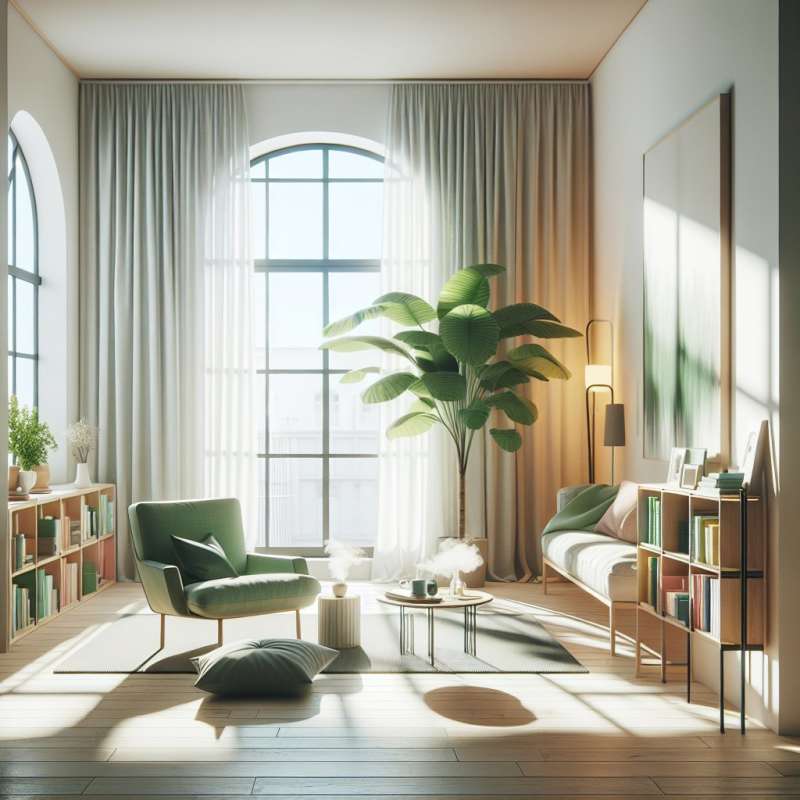
Interior Design Evolution
Interior design's roots are ancient, with evidence in Egyptian tombs featuring coordinated colors and patterns. Over time, it has transformed from mere practicality to an art form reflecting cultural and technological advancements.
Psychology of Space
Interior design isn't just aesthetic; it's psychological. Designers employ color theory, spatial arrangements, and lighting to influence mood and behavior, creating atmospheres ranging from calming sanctuaries to stimulating workspaces.
Sustainable Design Ethics
Sustainability is reshaping interior design. Designers now prioritize eco-friendly materials and practices, reducing waste and energy consumption. Green certifications like LEED guide these environmentally conscious decisions.
Technological Integration
Technological advances have revolutionized interior design. Augmented and virtual reality tools allow designers and clients to visualize spaces before implementation, ensuring precision and client satisfaction.
Cultural Influences
Interior design is deeply influenced by culture. Elements like color, form, and material can denote cultural significance, with designers often drawing inspiration from local heritage and traditions to create unique spaces.
Biophilic Design Trend
Biophilic design integrates natural elements into interiors, promoting wellbeing. It's linked to improved mental health, productivity, and creativity by fostering a connection with nature indoors.
Furniture as Art
Furniture is no longer just functional. Designers like Eames and Starck transformed pieces into art, with collectible designs that challenge traditional forms and materials, and blur the lines between utility and expression.
What signifies interior design's ancient origins?
Egyptian tombs color coordination
Greek columns in design
Renaissance art influences
Company